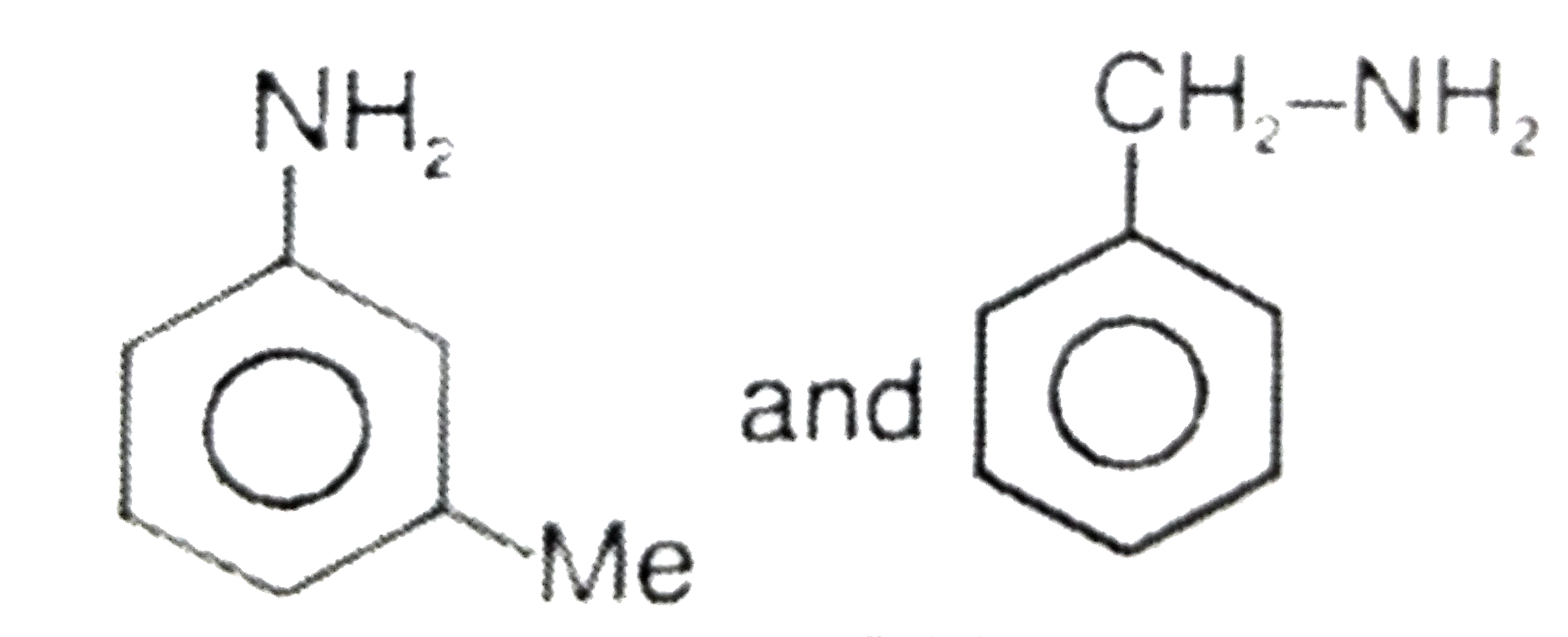An anhybride and an ester can be distinguished with
C2H5OH
NH3
water
aqueous NaOH
The correct Answer is:C
To distinguish between an anhydride and an ester, we can follow these steps:
1. Understanding the Compounds:
- An anhydride has the general formula R-C(O)-O-C(O)-R, where R represents alkyl groups.
- An ester has the general formula R-C(O)-O-R', where R and R' are alkyl groups.
2. Adding Water:
- Take two separate beakers: one containing the anhydride and the other containing the ester.
- Add water to both beakers. This process is known as hydrolysis.
3. Observing the Reactions:
- In the beaker with the anhydride, hydrolysis will produce a carboxylic acid (RCOOH).
- In the beaker with the ester, hydrolysis will produce a carboxylic acid (RCOOH) and an alcohol (R'OH).
4. Testing with Litmus Paper:
- Take blue litmus paper and dip it into the solution from the beaker with the anhydride.
- If the blue litmus paper turns red, this indicates the presence of an acid (from the hydrolysis of the anhydride).
- Now, take the blue litmus paper and dip it into the solution from the beaker with the ester.
- The litmus paper should remain unchanged, indicating that the solution is neutral (due to the presence of the alcohol).
5. Conclusion:
- If the blue litmus paper turns red, you have identified the anhydride.
- If the blue litmus paper does not change color, you have identified the ester.
Final Answer:
An anhydride and an ester can be distinguished by adding water and using blue litmus paper. The anhydride will turn the blue litmus paper red, while the ester will not change the color of the litmus paper.
- An anhydride has the general formula R-C(O)-O-C(O)-R, where R represents alkyl groups.
- An ester has the general formula R-C(O)-O-R', where R and R' are alkyl groups.
- Take two separate beakers: one containing the anhydride and the other containing the ester.
- Add water to both beakers. This process is known as hydrolysis.
- In the beaker with the anhydride, hydrolysis will produce a carboxylic acid (RCOOH).
- In the beaker with the ester, hydrolysis will produce a carboxylic acid (RCOOH) and an alcohol (R'OH).
- Take blue litmus paper and dip it into the solution from the beaker with the anhydride.
- If the blue litmus paper turns red, this indicates the presence of an acid (from the hydrolysis of the anhydride).
- Now, take the blue litmus paper and dip it into the solution from the beaker with the ester.
- The litmus paper should remain unchanged, indicating that the solution is neutral (due to the presence of the alcohol).
- If the blue litmus paper turns red, you have identified the anhydride.
- If the blue litmus paper does not change color, you have identified the ester.
An anhydride and an ester can be distinguished by adding water and using blue litmus paper. The anhydride will turn the blue litmus paper red, while the ester will not change the color of the litmus paper.
Similar Questions
Knowledge Check
- Question 1 - Select One or More
 can be distinguished byAI2+NaOHBNaSO3HCNaCN/HClD2,4-DNP
can be distinguished byAI2+NaOHBNaSO3HCNaCN/HClD2,4-DNP
Formic acid and acetic acid can be distinguished with
View SolutionAcetaldehyde and acetylene can be distinguished by :
View SolutionAdult Culex and Anopheles can be distinguished with the help of
View SolutionAdult Culex and Anopheles can be distinguished with the help of
View SolutionPropyne and propene can be distinguished by :
View SolutionMethanol and ethanol can be distinguished by
View SolutionPropanal and Acetone can be distinguished by testing with
View Solution


 can be distinguish by
can be distinguish by